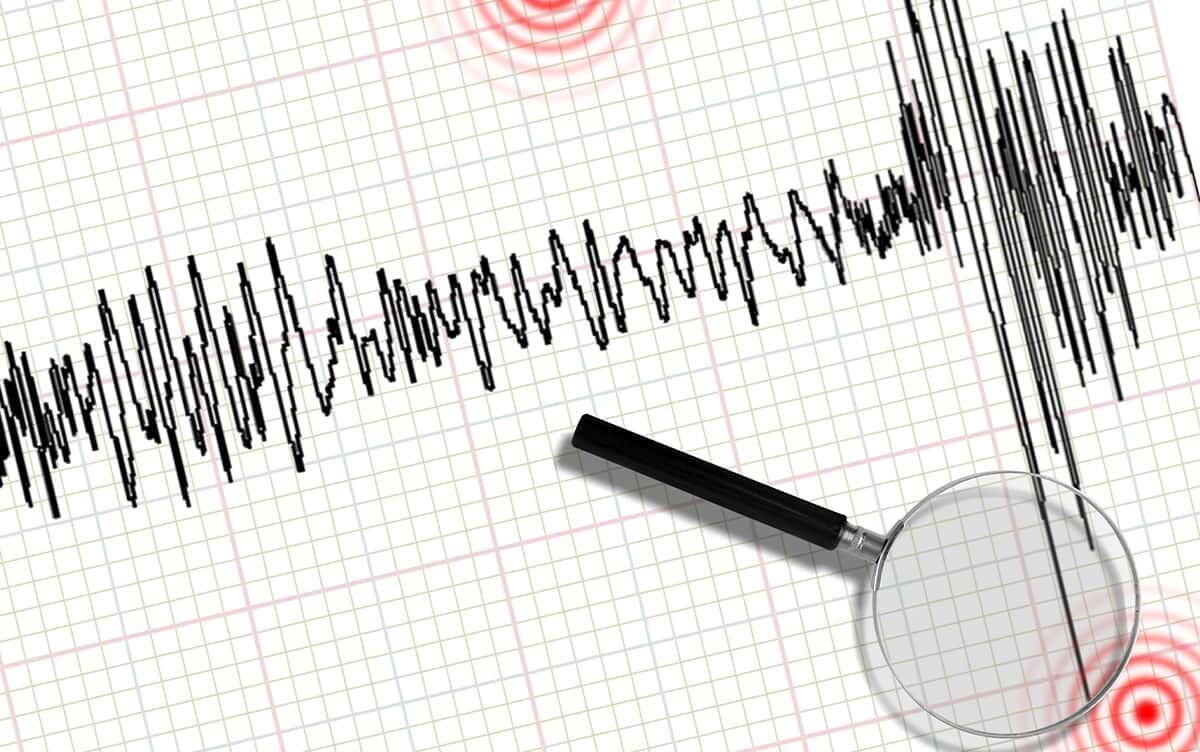Research News
Elucidating the Source Process of the 2021 South Sandwich Islands Tsunami Earthquake
 Image by Billion Photos/Shutterstock
Image by Billion Photos/Shutterstock
Researchers at University of Tsukuba analyzed seismic waveform data from the tsunami earthquake that occurred off the British South Sandwich Islands in the South Atlantic Ocean in August 2021. Researchers revealed a complex rupture process comprising four distinct episodes, each characterized by different dynamic behaviors. These findings advance the understanding of tsunami earthquake mechanisms and may inform future strategies for hazard assessment and mitigation.
Tsukuba, Japan—Tsunami earthquakes are characterized by the generation of disproportionately large tsunamis relative to the observed ground shaking, complicating timely evacuation efforts. Understanding their generation mechanisms and associated risks is therefore critical. One proposed cause is slow, uniform fault slip facilitated by soft sedimentary layers in the source region; however, this mechanism remains poorly understood. Additionally, the seismic signals from tsunami earthquakes are often too complex to be explained by conventional models, and their source processes have not been fully clarified.
In this study, the research team analyzed seismic waveform data from a tsunami earthquake (moment magnitude Mw 8.3-8.5) that occurred on August 12, 2021, off the British South Sandwich Islands in the South Atlantic Ocean. The team conducted a detailed estimation of the earthquake's source process. The earthquake occurred in a subduction zone between oceanic plates. Analysis revealed that the rupture process comprised four distinct episodes, each exhibiting different rupture characteristics. Notably, the third episode, which began approximately 100 seconds after the initial rupture, involved a slow slip event lasting around 45 seconds. This slow rupture subsequently triggered a fourth episode marked by rapid and large-scale fault slip. The study also found spatial variation in the direction of fault slip: in the northern segment of the rupture zone, the slip direction aligned more closely with the direction of plate subduction, while in the southern segment, it rotated to accommodate the curved geometry of the subducting plate. These features contributed to a prolonged rupture duration of up to 280 seconds, consistent with the characteristics of a tsunami earthquake.
This research demonstrates that a combination of directional variation in rupture propagation and the interplay between slow and fast slip episodes can produce a tsunami earthquake with long-duration shaking. This mechanism differs from conventional models, which typically emphasize uniform slow slip as the primary cause. The findings have implications for improving early identification of tsunami earthquakes and enhancing disaster mitigation strategies.
###
This work was supported by JSPS Grant-in-Aid for Scientific Research (C) 22K03751.
Original Paper
- Title of original paper:
- The complex rupture evolution of the long and slow, tsunamigenic 2021 South Sandwich Islands earthquake
- Journal:
- Scientific Reports
- DOI:
- 10.1038/s41598-025-02043-6
Correspondence
Professor YAGI Yuji
Institute of Life and Environmental Sciences, University of Tsukuba
Associate Professor Bogdan Enescu
Department of Geophysics, Graduate School of Science, Kyoto University
Related Link
Institute of Life and Environmental Sciences




